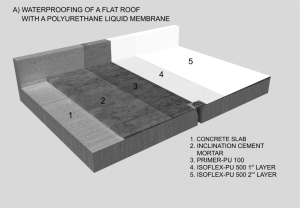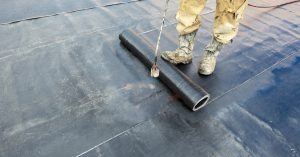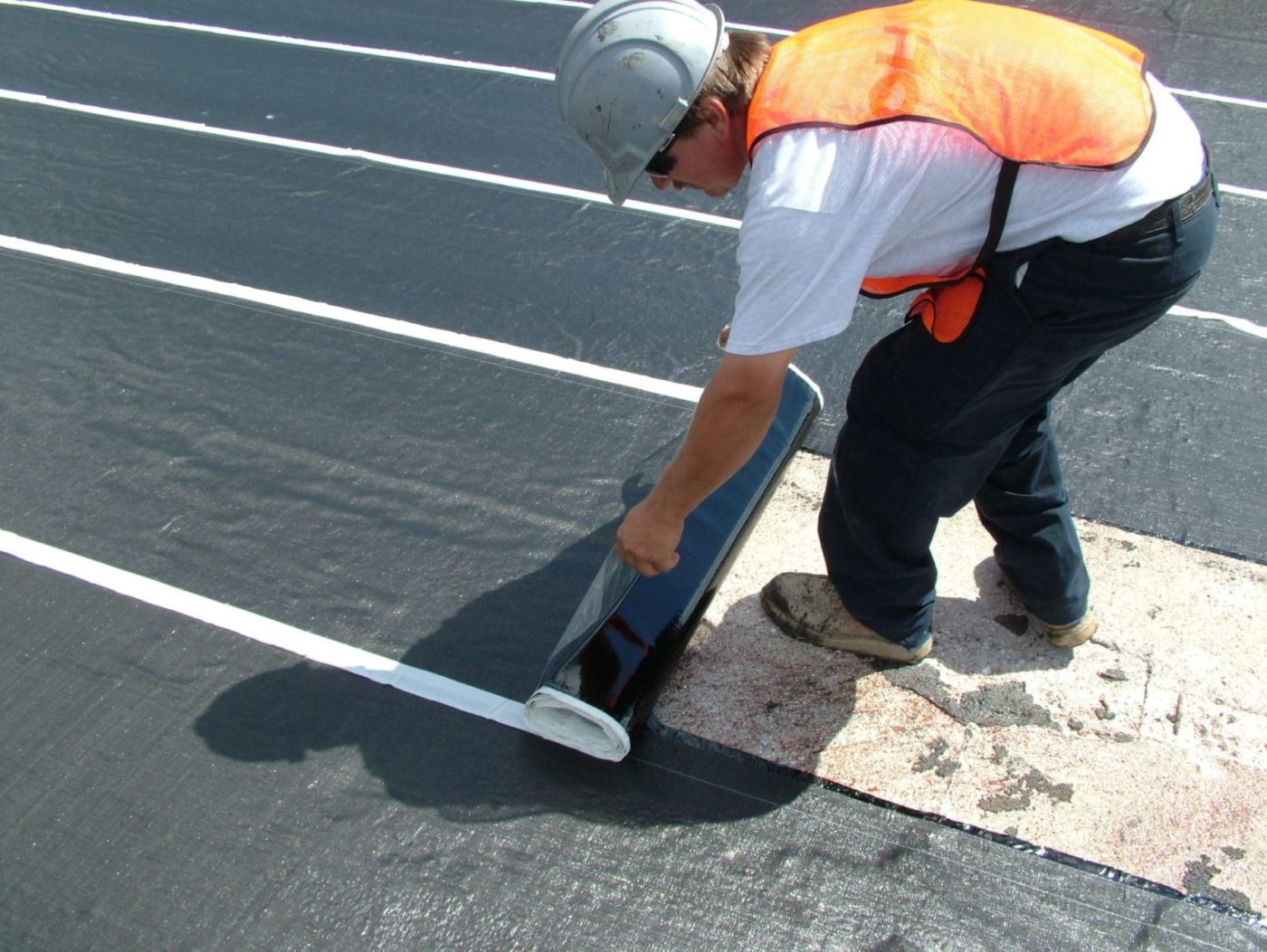Unlocking the Secrets of Advanced Waterproofing Systems
In the dynamic landscape of construction and building maintenance, the significance of effective waterproofing cannot be overstated. Among the diverse range of waterproofing methods, a particularly noteworthy solution involves the integration of a specialized membrane or barrier beneath a structure’s surface. This method, often referred to as advanced waterproofing, plays a pivotal role in fortifying buildings against water-related challenges. Let’s explore the intricacies of this technique, its applications, and the manifold benefits it offers. What is Type 2 waterproofing?
Decoding the Essence of Advanced Waterproofing
The core principle of advanced waterproofing involves the installation of a resilient membrane beneath the surface of a structure. This strategic placement acts as a formidable shield, hindering the ingress of water and bolstering the structural integrity of the building. Distinguishing itself from surface coating methods, advanced waterproofing focuses on sub-surface protection for enhanced durability.
The Components of This Innovative Approach

Membrane Systems:
Embracing a variety of materials such as bituminous sheets, rubberized asphalt, and synthetic polymers like PVC or TPO, membrane systems form a critical component of advanced waterproofing. The selection of a specific membrane material hinges on factors such as the building’s structure, prevailing climate, and budget constraints.
Integral Waterproofing:
Complementing membrane systems, integral waterproofing involves incorporating additives into the concrete mix during construction. These additives serve to augment the concrete’s innate resistance to water, delivering an additional layer of protection. This approach is particularly effective in below-grade structures, such as basements and foundations.
Application Scenarios of Advanced Waterproofing
The versatility of advanced waterproofing makes it applicable in various construction contexts. Discerning where and how to employ this method is integral to achieving optimal results.
Below-Grade Structures
A primary arena for the application of advanced waterproofing is below-grade structures, encompassing basements and foundations. The subterranean nature of these areas renders them susceptible to water infiltration. Installing a robust waterproofing membrane acts as a deterrent, mitigating the risk of foundation damage and averting the onset of mold growth.
Roofing Systems
Advanced waterproofing finds its stride in roofing systems, offering protection against water damage caused by precipitation. Membrane systems, discreetly positioned beneath roofing materials, create an impermeable barrier, preventing water from breaching the building. This is particularly crucial for flat or low-slope roofs, where water runoff is comparatively slower.

Plaza Decks and Balconies
Exposed to the elements, plaza decks, and balconies are prone to water-induced deterioration. Advanced waterproofing, featuring durable membrane systems, acts as a shield against moisture, capable of withstanding the stresses imposed by foot traffic and weather fluctuations. This ensures enduring protection for these outdoor spaces.
Benefits Unveiled by Advanced Waterproofing
Investing in advanced waterproofing yields a spectrum of advantages that contribute to the overall robustness and longevity of a structure.
Long-Term Preservation
Foremost among the benefits is the ability of advanced waterproofing to provide sustained protection. The durable membrane systems establish a reliable barricade, withstanding the tests of time and ensuring sustained resistance to water infiltration over the years.
Prevention of Structural Deterioration
Water-induced damage can compromise a building’s structural integrity, resulting in issues such as weakened foundations and rotting wood. Advanced waterproofing acts as a preventative measure, intercepting water at the source and shielding structural elements from deterioration.
Mitigation of Mold and Mildew
Moisture serves as a breeding ground for mold and mildew, posing health risks and impacting indoor air quality. Advanced waterproofing not only safeguards the structure but also creates an inhospitable environment for mold growth, contributing to a healthier indoor atmosphere.
Enhanced Property Value
The investment in advanced waterproofing has the potential to augment the overall value of a property. Prospective buyers and tenants are naturally drawn to buildings with well-maintained, waterproofed structures, recognizing the reduced susceptibility to water-related issues.
Conclusion
In the expansive realm of waterproofing, the deployment of advanced methods emerges as a resilient solution to safeguard structures from the perils of water infiltration. Whether applied to below-grade structures, roofing systems, or outdoor decks, advanced waterproofing offers enduring benefits, fostering sustainability and resilience in construction. As technology advances and material sciences progress, the evolution of these methods is inevitable, promising even more effective solutions for the challenges posed by water exposure. A nuanced understanding of the principles and applications of advanced waterproofing is essential for architects, builders, and property owners committed to ensuring the enduring strength and durability of their structures.

